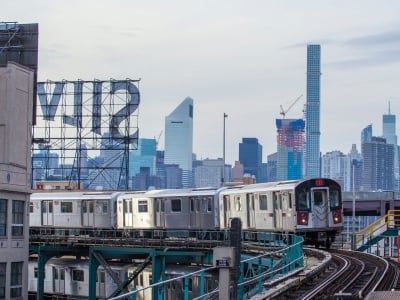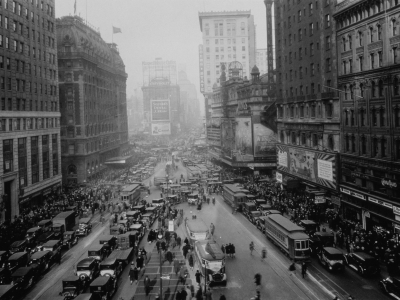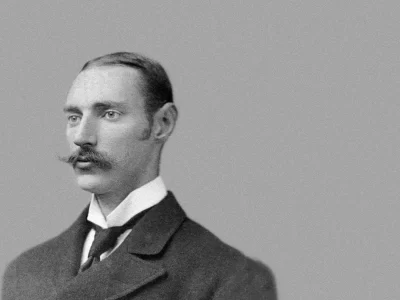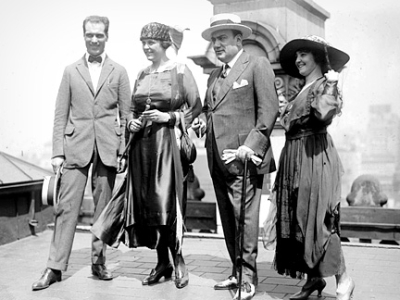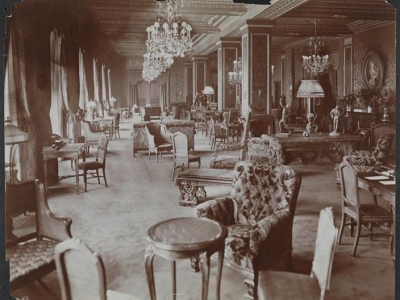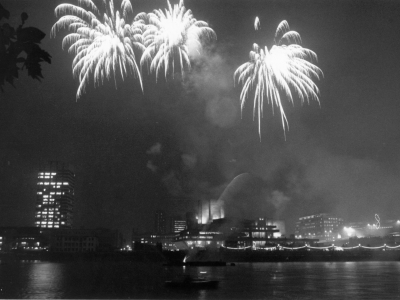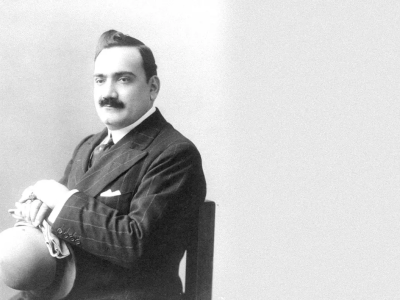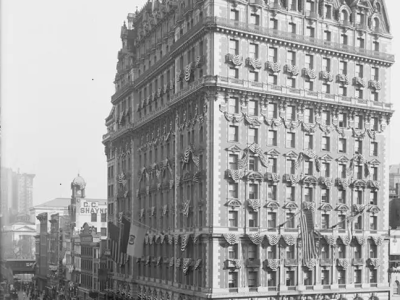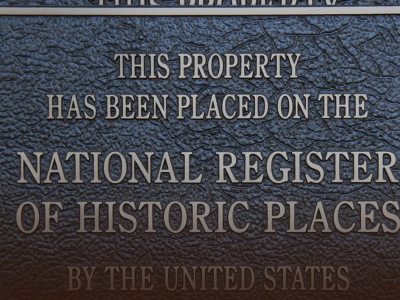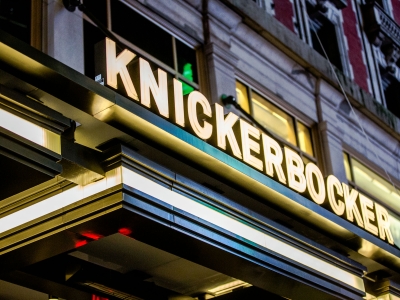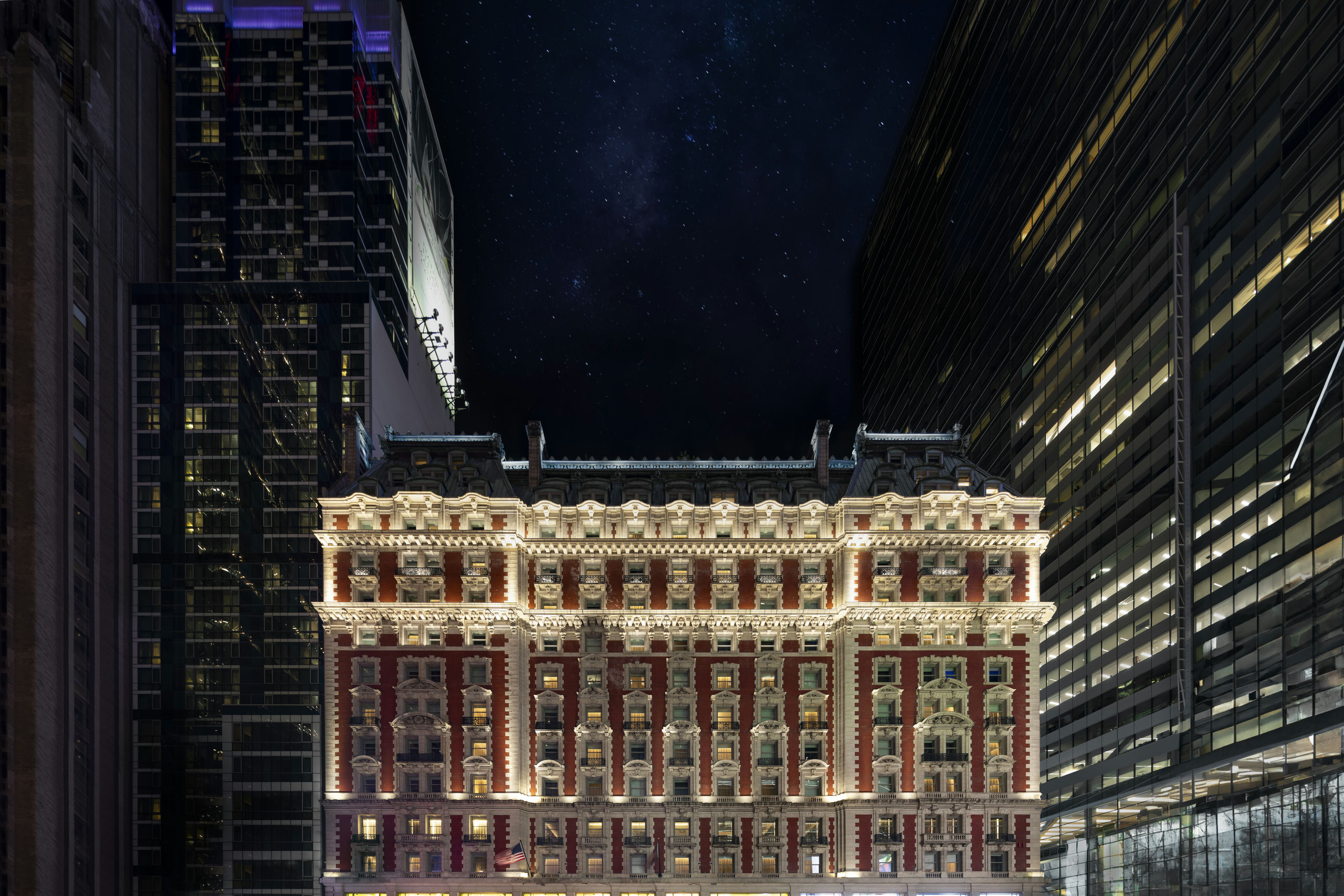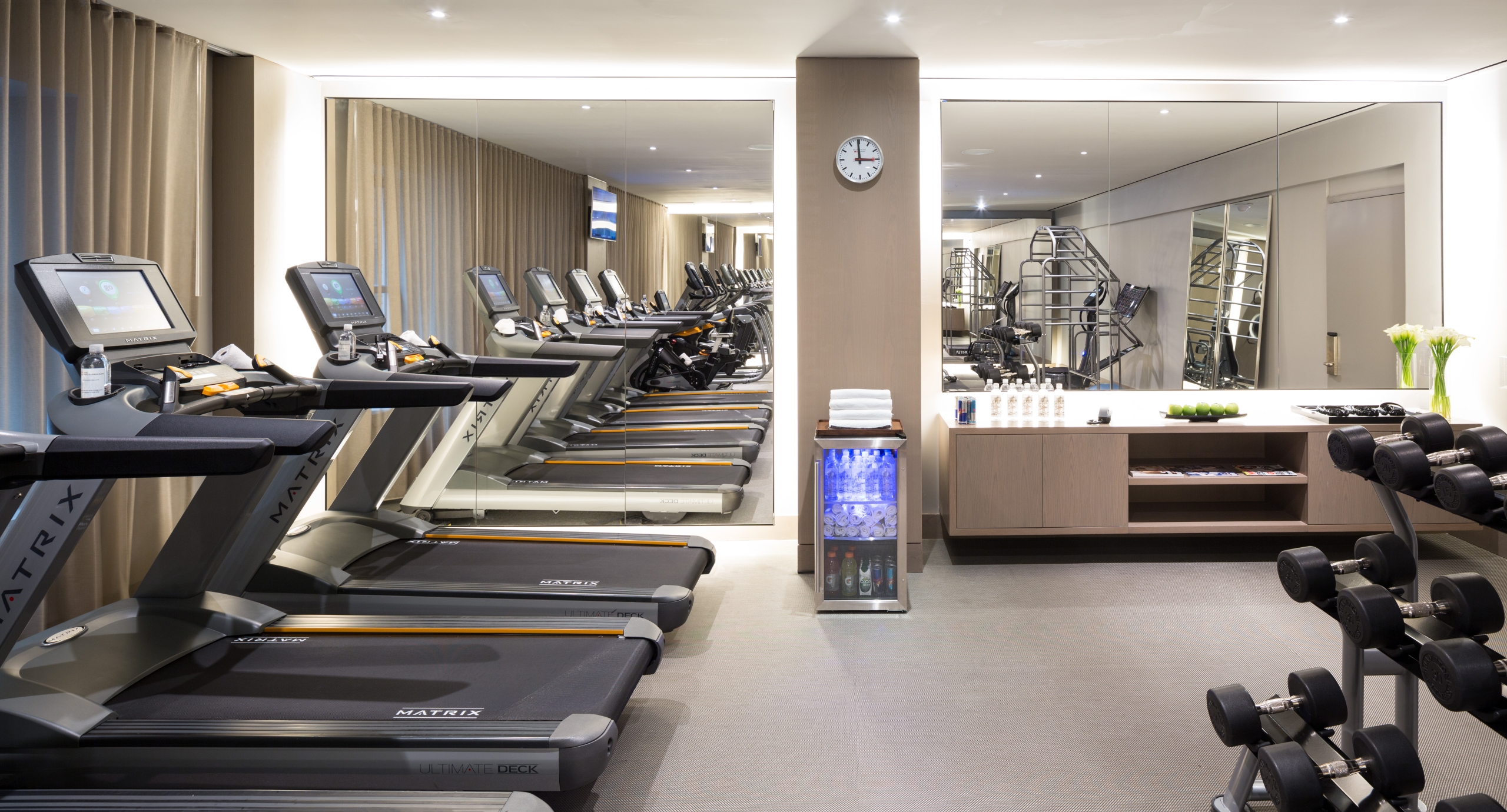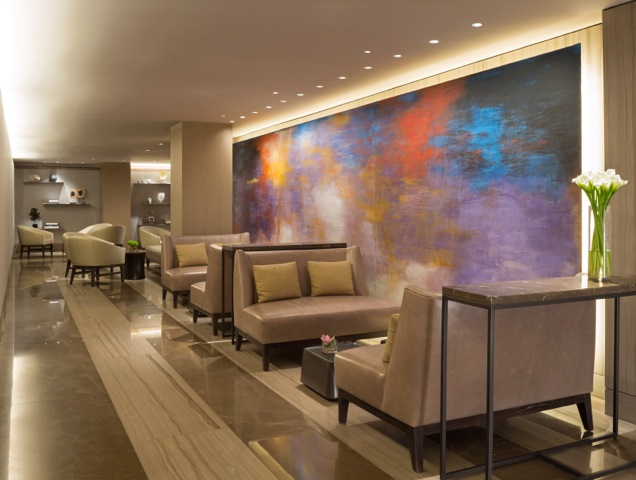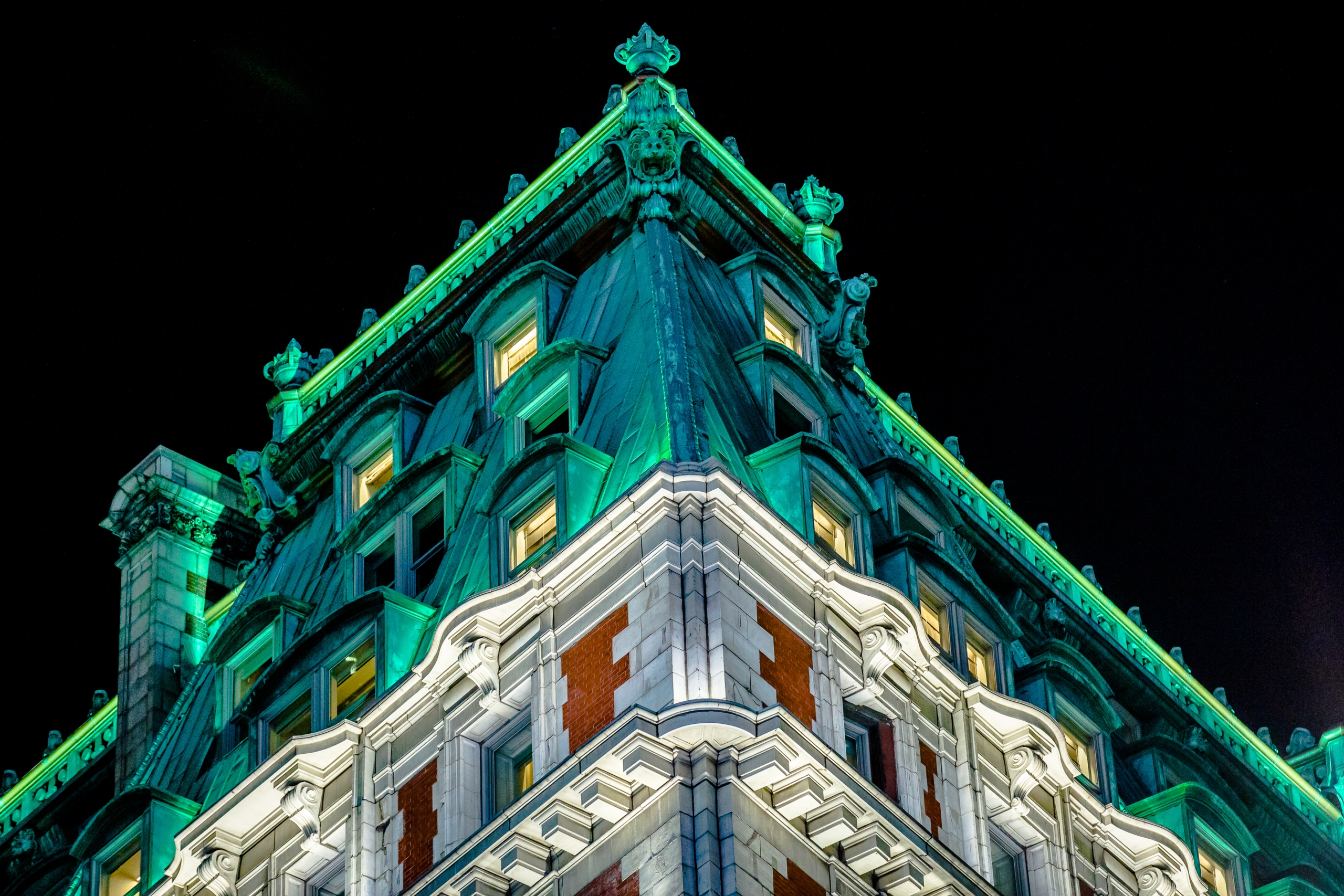The Knickerbocker is a legendary New York landmark reborn. A haven of refined elegance ideally located at the corner of West 42nd and Broadway, in the heart of New York City, The Knickerbocker was the vision of John Jacob Astor IV that came to life in 1906. Here, famed Italian tenor Enrico Caruso and renowned American playwright George M. Cohan made their homes, and names like Rockefeller and Fitzgerald gathered in the bar, once known as the 42nd Street Country Club.
An iconic destination and treasured monument among Manhattan hotels, it has been reimagined into a sophisticated urban sanctuary mere blocks from Fifth Avenue, The Metropolitan Opera, Rockefeller Center, MoMA and Central Park, edging the bright lights of Broadway and the tranquility of Bryant Park.
Our Hotel
Elegant guest rooms and suites with incredible views and bespoke furnishings. Cuisine by Charlie Palmer, style by Ted Gibson, exclusive spa experiences, and a robust fitness program curated for today’s modern traveler add an air of posh authenticity. Crowning The Knickerbocker’s renowned location is St. Cloud, a spectacular rooftop bar atop Times Square. Perched enviably beneath the iconic New Year’s Eve Ball, it affords the most privileged views of the most visited place on earth.
Our History
The Knickerbocker is one of the original hotels to bring the magnitude of opulence to Times Square. Learn how John Jacob Astor IV’s stunning 1906 Beaux Arts hotel became such an iconic New York City landmark.
